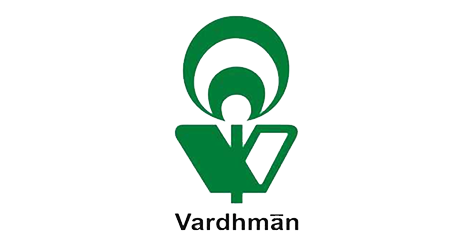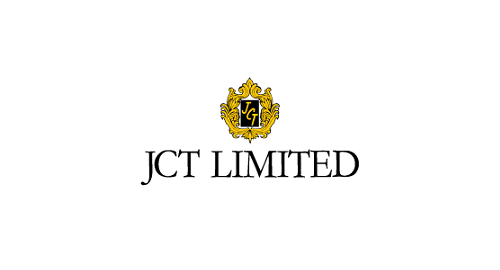United States
The Indian textile industry is one of the oldest industries in India, going back several centuries. Textiles are one of the essentials of human life and also contribute to Indiaâs industrial output, export revenue and employment generation for both skilled and unskilled workforce.
The industry has a very interesting profile, consisting of sophisticated, high-value manufacturing units on one end, and smaller, labour-intensive hand-woven and hand-spun mills on the other. India is among the largest producers of fibres like cotton, jute, silk etc. The exponential rise in the retail industry and increasing brand awareness among consumers has lead to a rapid growth for the textile industry as well. Several international brands have now entered the domestic market as well.
Four major sub-sectors in this sector are Spinning, Weaving, Knitting and Processing.
Spinning is the most consolidated and technically efficient sector in Indiaâs Textile & Handloom industry, contributing majorly in cotton textile.
The Indian Weaving industry employs a large section of the population. These products form a large chunk of export revenue and hence contribute significantly to the economy. The most common among these are apparels.
Processing is one of the most vital sub-sectors of this industry. Textiles is ideal for showcasing the dynamics of buyer-driven value chains, and processing is the main area for that.
The Indian Knitting industry provides the largest employment to rural workers, making it one of the most promising in terms of employment generation. With government support, capital investments and technology up-gradation, this sub-sector is all set to meet the rising demand of woven and knitted products in both domestic and international markets.
Related Sub-Sectors
-
Weaving
-
Spinning
-
Processing
-
Knitting






